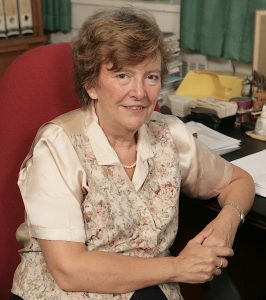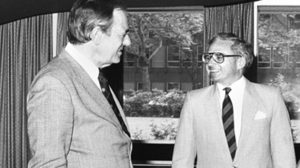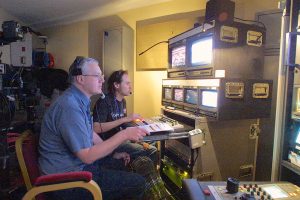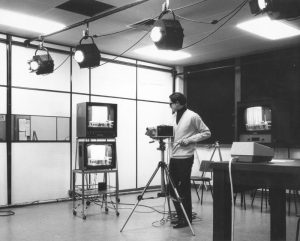In January 1979 a mass boycott was organised against the college increasing the price of food on campus. From the 26th January edition of Felix it was reported that:
“The Union is to organise a 24 hour boycott of Southside Refectory in protest against poor quality food and high prices.
The decision by Tuesday’s Union Meeting reverses the recommendation of IC Union Executive to postpone the boycott. Union President Mary Attenborough appealed for mass support for the boycott.”
Mary Attenborough was the 73rd Union President (1978-1979) and here, from May of 1979, she’s talking to Mark Foley about this and the possibility of the union setting up their own ‘snackbar’.
(This edition of Summer Lunch Break was one of the first to contain material originated from the college TV studio in colour, but as we only had the one colour camera multi-camera interviews continued to be recorded in black and white.)
Colin Grimshaw June 2017




